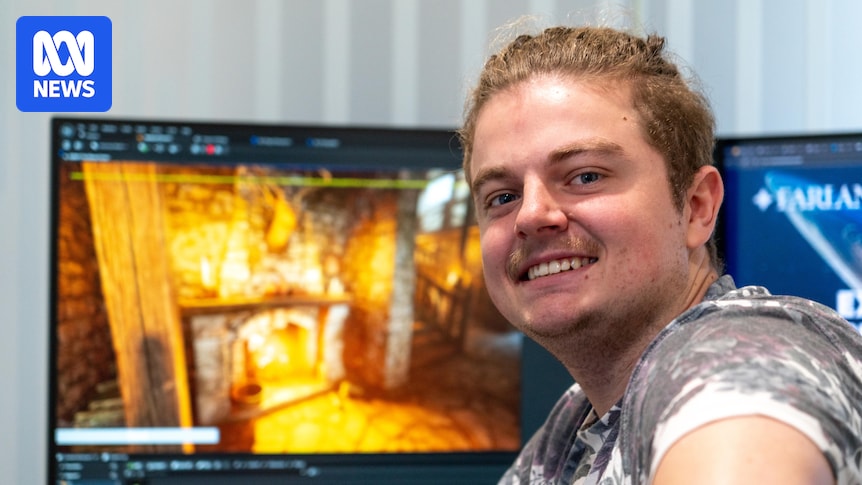
In a global gaming market valued at an estimated $300 billion, video game development is no longer the exclusive domain of the United States, China, and Japan. Regional independent studios are flourishing, and the Pilbara region in northwestern Western Australia is a prime example of this trend.
According to the Interactive Games and Entertainment Association, there were 137 companies developing games across Australia in 2024, employing nearly 2,500 people. Among these burgeoning enterprises is Red Dog Studios, the first game development studio in the Pilbara, founded by 24-year-old Jai Macphail. Despite Karratha’s reputation for gas and iron ore exports, Macphail sees it as an ideal location for his studio.
“I enjoy living up here, I love the community in Karratha,” Mr. Macphail said. “It’s also fantastic in regards to the natural solar energy we’ve got here … everything requires power and it does give us the foundation to build a fully carbon-neutral studio.”
Local Support and Industry Diversification
The studio’s first production, “The Farlands,” a medieval fantasy game, has already garnered significant support. The City of Karratha contributed a $20,000 grant to the pilot project. Mayor Daniel Scott emphasized the importance of supporting industry diversification in the region.
“Usually we’re dealing with, you know, large industries here in the city of Karratha, but what we do know is that gaming development is one of the fastest-growing sectors in the global digital economy,” Cr Scott said. “What we really want is to build a larger, more liveable city, and in order to do that, we need to have a more diverse range of businesses, so this sits perfectly in that diversification of industries.”
This development follows a broader trend of regional areas embracing the digital economy. The creative director of Tasmanian studio Secret Lab, Paris Buttfield-Addison, noted that accessibility has been a significant driver for non-metropolitan game creators.
“It’s very, very realistic to make a game in regional Australia right now — it never used to be,” Dr. Buttfield-Addison said. “Game development is fundamentally a digital export. It’s weightless.”
Regional Studios on the Rise
Meanwhile, Darwin-based studio Salty Games is in the late stages of developing “Pasture: The Livestock Simulator,” a game inspired by the Northern Territory’s cattle industry. Creative director Nathan Groves highlighted that remoteness is less of an obstacle than in the past.
“Now we have high-speed internet basically everywhere … we have computers now that are affordable to build games with,” he said. “In the past, they cost millions of dollars and it just wasn’t affordable for many indie studios.”
Groves pointed out that the main challenge is the transfer of skills in regional areas, which can be addressed through mentoring. “For me, that’s the last puzzle piece to getting regional developers to be able to just work and build games from where they are,” he added.
The Unique Flavor of Regional Development
Associate Dean of Digital Design at RMIT, Li Ping Thong, remarked that gaming is one of Australia’s fastest-growing creative sectors. She noted that local studios, often small and independent, are producing globally competitive and culturally resonant work.
“Our local studios [are] very small and independent teams — they are really creating globally competitive and culturally resonant work,” Dr. Thong said. “[Regional developers’] work would sometimes draw on place, climate, community, so it’s more thoughtful and a different kind of aesthetics and style.”
This unique regional flavor, grounded in lived experience, offers a fresh perspective in the gaming industry. As regional developers continue to rise, they not only contribute to the local economy but also enrich the global gaming landscape with diverse narratives and innovative designs.
The move represents a significant shift in how and where video games are developed, showcasing the potential of regional areas to contribute to a rapidly expanding global industry. As more developers tap into local resources and community support, the future of gaming in regions like the Pilbara looks promising.







